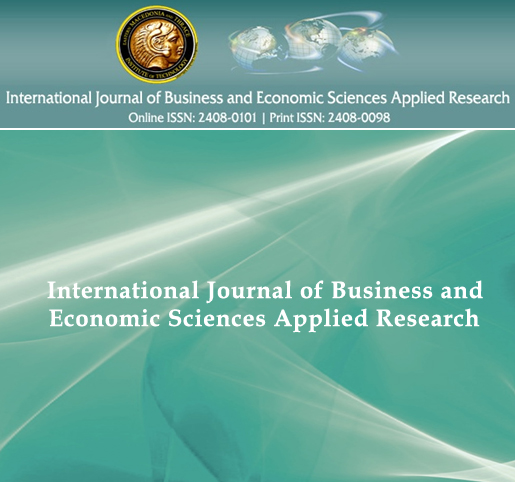Clusters and regional development: the dynamics of agglomeration processes and its contribution to the development of North East region of Romania
Clusters and regional development: the dynamics of agglomeration processes and its contribution to the development of North East region of Romania
Author(s): Igor RotaruSubject(s): Economy
Published by: Τεχνολογικό Εκπαιδευτικό Ίδρυμα Ανατολικής Μακεδονίας και Θράκης
Keywords: Regional development; clusters; cluster policies
Summary/Abstract: Purpose – This papers aims to analyze the dynamics of agglomeration processes in the North East region of Romania and to connect the results with the process of deepening of Romania’s European integration.Design/methodology/approach - The research method includes an analysis in dynamic of two economic sectors: agriculture and IT&C. Firstly, I analyzed the transformation of the GDP from 2000 to 2011 so as to gain insights from the evolution of the North East region during the EU accession and economic crisis. Secondly, I used the Location Quotient method in order to assess the agriculture and IT&C sectors in the North East in comparison with the other regions of Romania. Findings – The results show a strong specialization degree in agriculture, where the North East regions has the higher value of the Location Quotient in comparison with the other regions, and a weak specialization in IT&C, where the region ranked 5 from 7 in 2011. At the same time, regarding the IT&C we can see a positive tendency during the years, possibly explained by the presence of one of the most important university centers from the country and by the multinationals that have started to come after the EU accession. The over-representation of the agriculture in the regional economic structure is not specific for the North East region; other four Romanian regions had in 2011 a strong relative specialization in this field. Research limitations/implications – The analysis can be completed using more quantitative indicators like the export value of the sector as compared to total regional export value. The limitation is that in Romania there are no data on exports at the regional level. Originality/value – This analysis uses Location Quotient method in order to compare the levels of specialization across the Romanian regions.
Journal: International Journal of Business and Economic Sciences Applied Research (IJBESAR)
- Issue Year: IX/2016
- Issue No: 2
- Page Range: 99-102
- Page Count: 4
- Language: English

